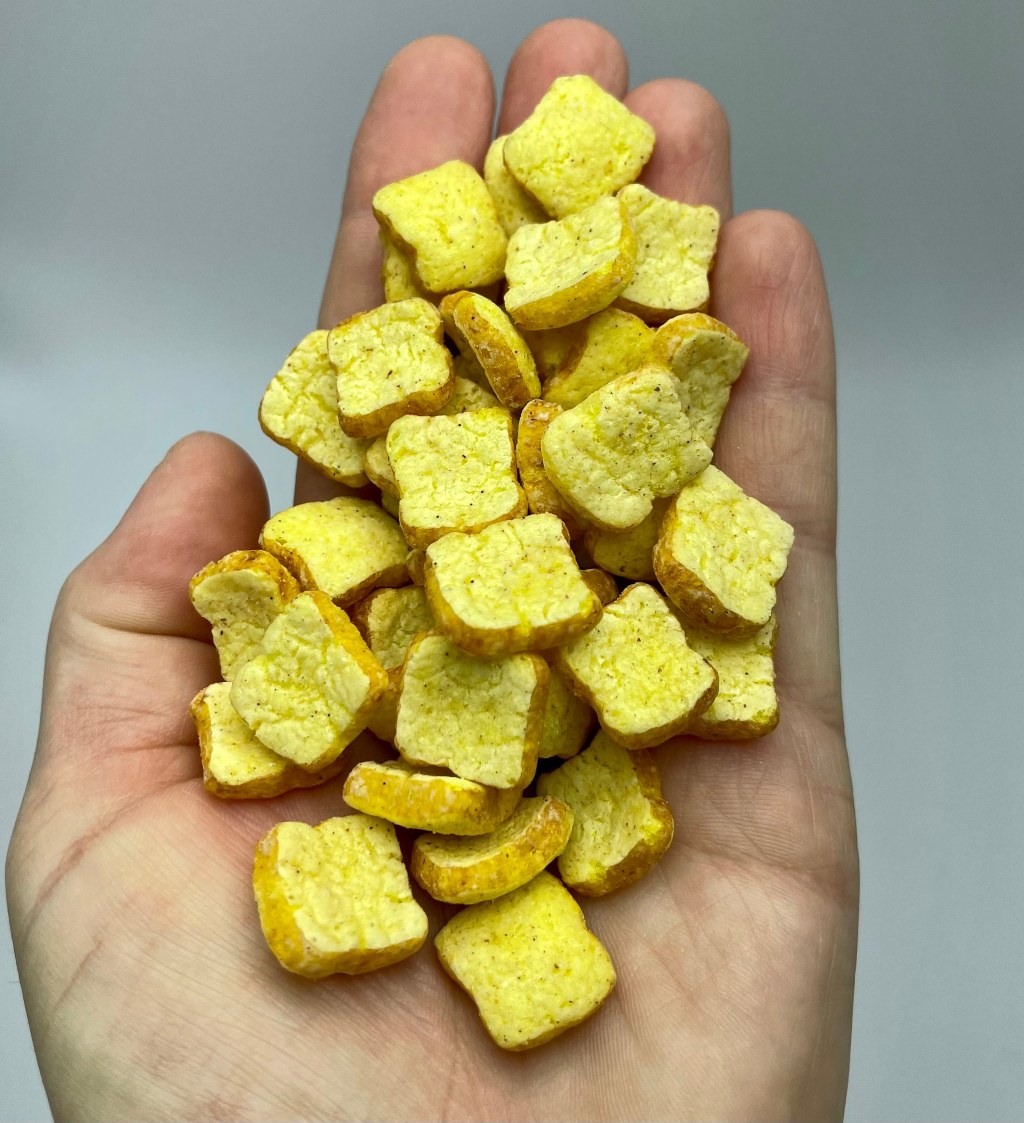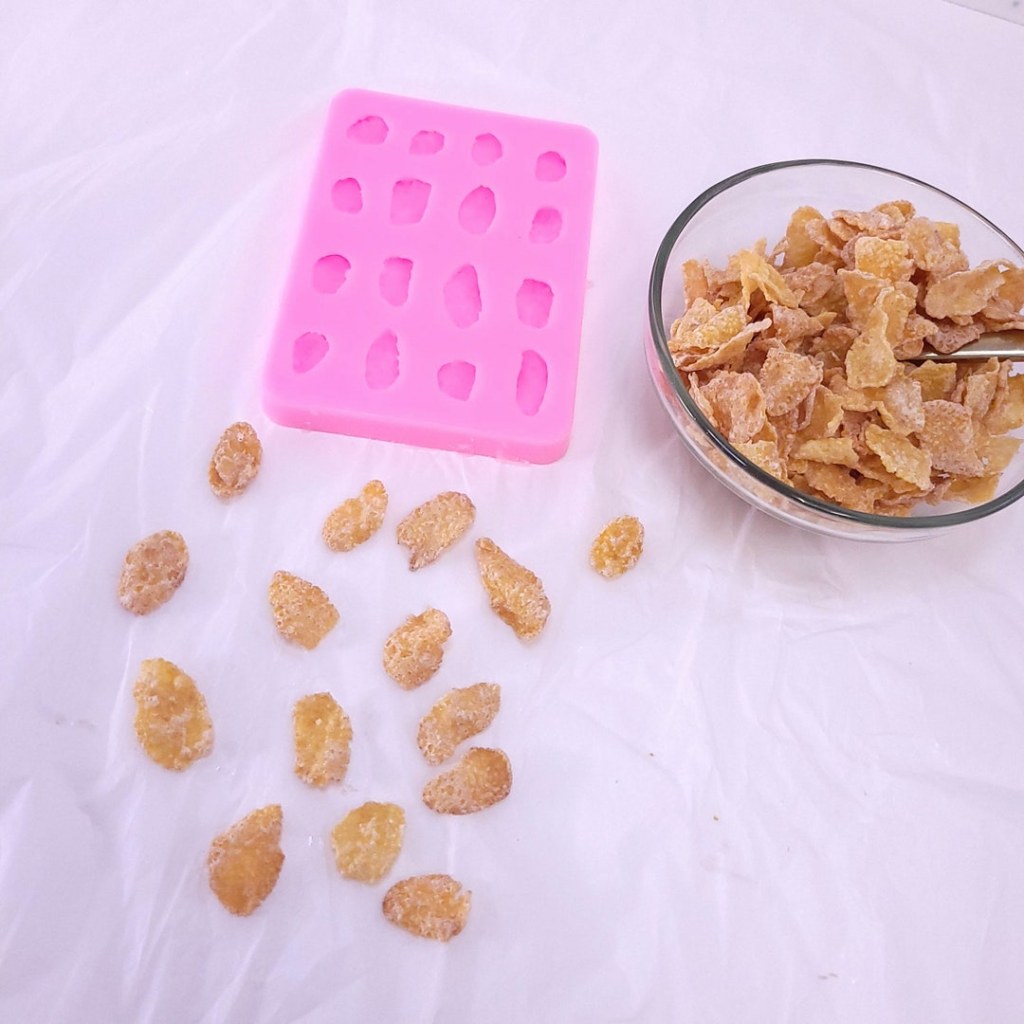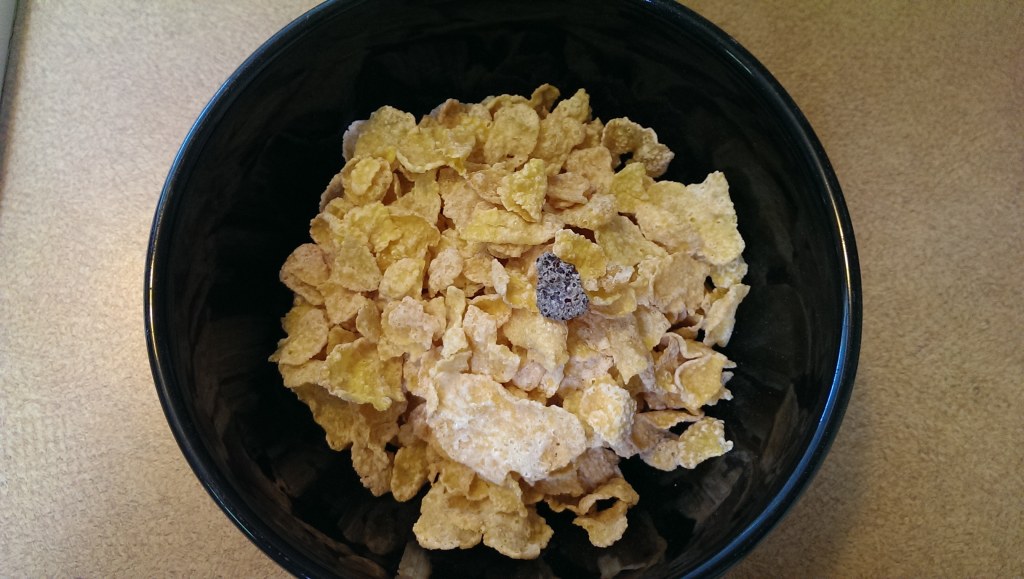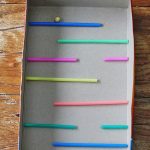Spotless, Mold-Free Cereal: Click To Keep Your Breakfast Fresh Today!
Mold on Cereal: A Deep Dive into the Potential Dangers
Introduction
Dear Cereal Enthusiast,
3 Picture Gallery: Spotless, Mold-Free Cereal: Click To Keep Your Breakfast Fresh Today!



Welcome to this informative article on mold on cereal. As a devoted cereal lover, it is essential to stay informed about potential risks that can accompany our favorite breakfast choice. In this article, we will delve into the topic of mold on cereal, exploring its causes, effects, and ways to prevent it. So grab your favorite bowl of cereal and let’s get started!
What is Mold on Cereal?

Image Source: etsystatic.com
Mold on cereal refers to the presence of fungal growth on cereal products, which is caused by the exposure of the cereal to moisture and air. This can occur during production, packaging, or storage of the cereal. Mold growth can be visible or hidden, and it can have various colors, including black, green, or white. The presence of mold on cereal can pose health risks and affect the quality and taste of the product.
Who is at Risk?
Anyone who consumes mold-contaminated cereal is at risk of potential health issues. However, individuals with weakened immune systems, such as young children, the elderly, and those with chronic illnesses, are more susceptible to the adverse effects of mold on cereal. It is crucial for everyone to be aware of the risks and take necessary precautions.
When Does Mold on Cereal Occur?

Image Source: etsystatic.com
Mold on cereal can occur at various stages, starting from the production process to storage in your pantry. Improper storage conditions, such as high humidity or exposure to moisture, can accelerate mold growth. Additionally, purchasing cereal that is close to its expiration date increases the likelihood of encountering mold. It is essential to be vigilant and check for any signs of mold before consuming your cereal.
Where Does Mold on Cereal Form?
Mold can develop on cereal in various places, including the outer packaging, inside the box or bag, or directly on the cereal pieces. Moisture and warm temperatures create an ideal environment for mold growth. It is crucial to store cereal in a cool, dry place and avoid exposing it to excessive humidity.
Why Does Mold on Cereal Pose Dangers?

Image Source: imgur.com
The presence of mold on cereal can lead to several health risks. When consumed, mold can cause allergic reactions, respiratory problems, and even toxic effects. Some molds produce mycotoxins, which are toxic substances that can have adverse effects on human health. Ingesting these toxins can lead to symptoms such as nausea, vomiting, and in severe cases, organ damage. It is vital to be cautious and avoid consuming mold-contaminated cereal.
How Can Mold on Cereal Be Prevented?
Preventing mold on cereal starts with proper storage and handling. Ensure that your cereal is stored in a cool, dry place away from direct sunlight. Avoid purchasing cereal close to its expiration date and inspect the packaging for any signs of damage or moisture. If you notice mold growth, discard the entire box or bag to prevent potential health risks. Regularly clean your pantry and inspect other food items to prevent cross-contamination.
Pros and Cons of Mold on Cereal
While there are no pros to consuming mold-contaminated cereal, it is essential to understand the risks associated with it. The cons include potential health risks, compromised taste and quality of the cereal, and the need for vigilance in checking for mold growth. By being aware of these cons, you can make informed decisions about the cereal you consume and take necessary precautions to protect your health.
FAQs about Mold on Cereal
1. Can I remove the mold and still eat the cereal?
It is not recommended to consume cereal with any visible mold, as it may have already spread beyond what is visible. It is best to discard the cereal to avoid potential health risks.
2. Will cooking or baking the cereal kill the mold?
Cooking or baking the cereal may kill some mold spores, but it does not eliminate the potential health risks associated with consuming mold-contaminated food. It is best to discard the cereal to ensure your safety.
3. Are there any ways to salvage moldy cereal?
No, it is not advisable to salvage mold-contaminated cereal. The mold may have released spores that can spread to other food items, and the mycotoxins produced by the mold can pose health risks.
4. Can I still consume cereal past its expiration date?
While consuming cereal past its expiration date is not recommended, it does not necessarily mean that mold has developed. However, it is essential to check the cereal carefully for any signs of mold growth before consuming.
5. Can I get sick from inhaling mold spores while eating cereal?
Inhaling mold spores while eating cereal can potentially lead to respiratory problems and allergic reactions, especially for individuals with pre-existing conditions. It is crucial to consume mold-free cereal in a well-ventilated area.
Conclusion
In conclusion, mold on cereal is a potential health hazard that can affect anyone who consumes contaminated products. It is crucial to be vigilant, check for any signs of mold growth, and discard any cereal that shows signs of contamination. By following proper storage and handling practices, you can reduce the risk of encountering mold on cereal and protect your health.
Final Remarks
As a responsible consumer, it is important to prioritize your health and safety. Always remember to thoroughly inspect your cereal before consumption and discard any mold-contaminated products. While mold on cereal can be a concerning issue, being informed about the risks and taking necessary precautions can help ensure your well-being. Stay vigilant and enjoy your cereal responsibly!
This post topic: Cereal



